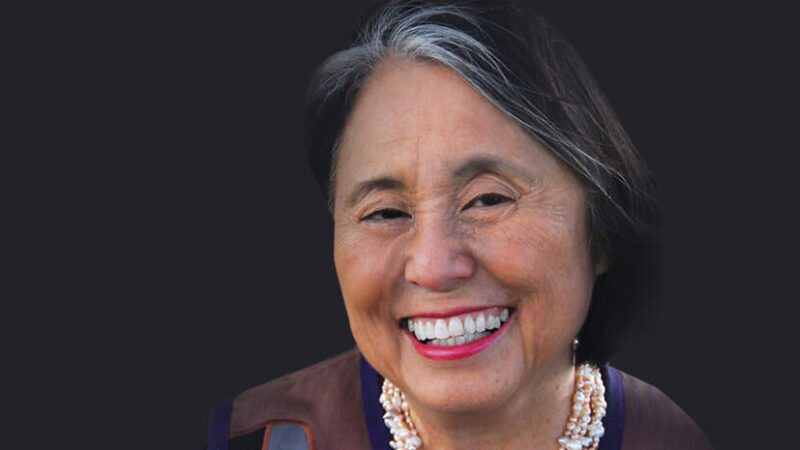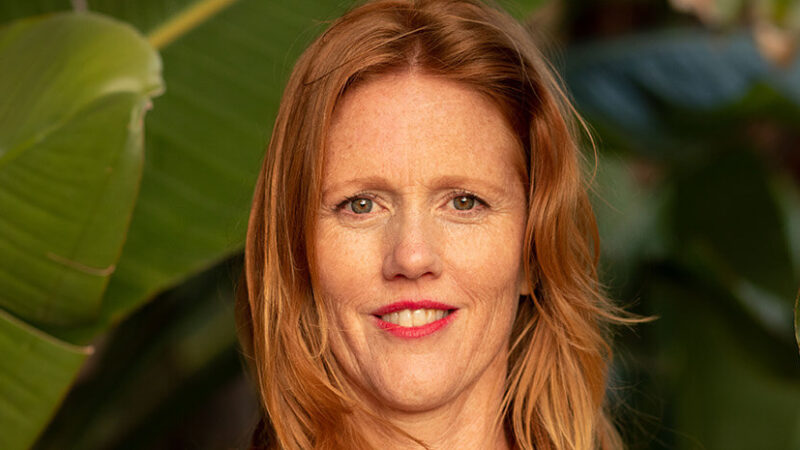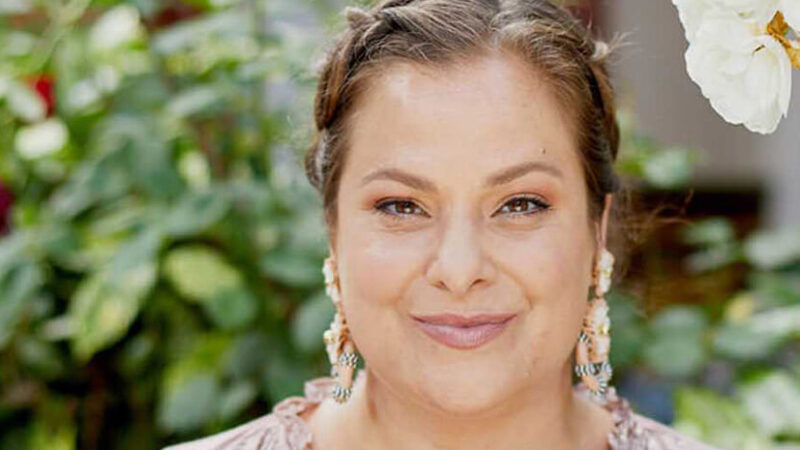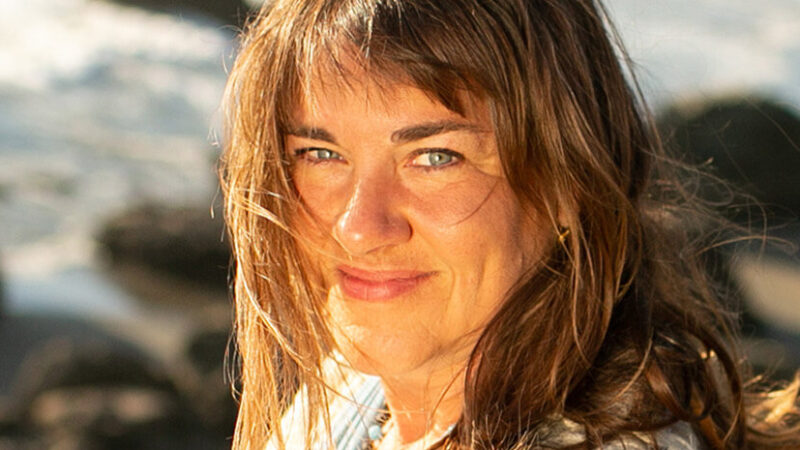The Life-Changing Science of Spontaneous Healing
Dr. Jeffrey Rediger is a licensed physician and board certified psychiatrist who also has a master’s of divinity from Princeton Theological Seminary. An assistant professor at Harvard Medical School and the medical director at McLean Hospital, Dr. Rediger has spent almost 20 years researching the factors present in cases labeled as spontaneous healing—the topic explored in his bestselling book Cured: Strengthen Your Immune System and Heal Your Life.
In this eye-opening, hope-giving podcast, Sounds True founder Tami Simon speaks with Dr. Rediger about his personal journey—from an upbringing in a traditional Amish household, to how he “ran away to college” and began a deep exploration of the connection between faith and medicine, and what is truly possible on the journey toward health and healing. Tami and Dr. Rediger discuss the sometimes competing, sometimes cooperating worldviews of science and spirituality; the unfortunate absence of curiosity in so much of science and medicine; lifestyle illnesses as the root cause of most health challenges in the Western world; his four pillars of health: nutrition, immunity, stress response, and what he calls “healing your identity”; retraining the beliefs that are holding us back; understanding and healing trauma; facing our shadows and waking up to our own inherent value and dignity; and much more.






